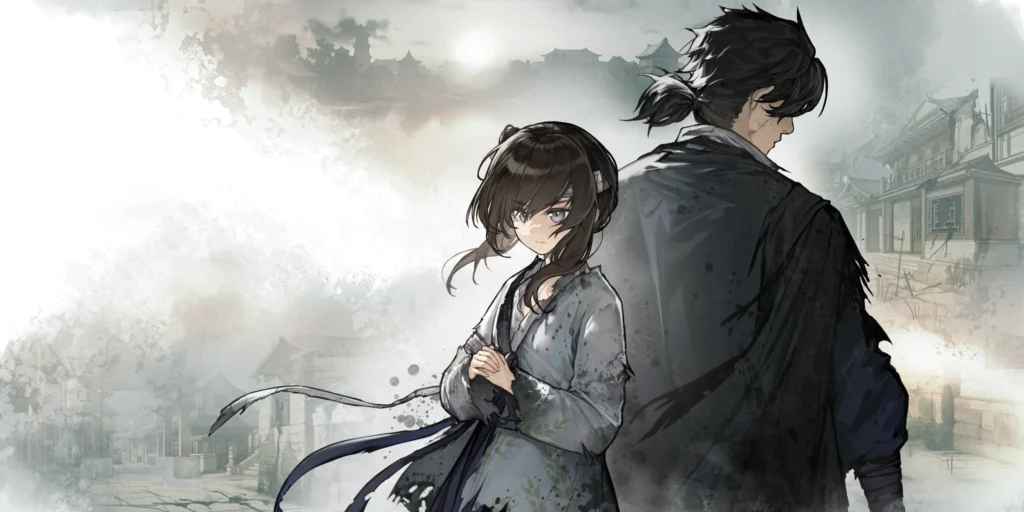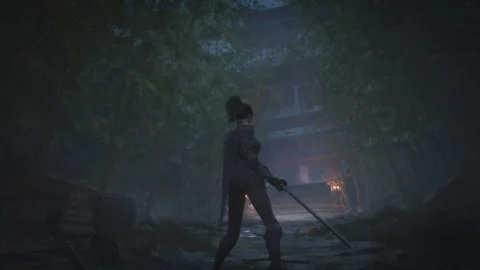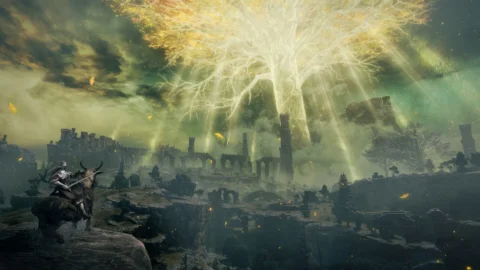Set against the backdrop of the twilight years of the Ming Dynasty, The Hungry Lamb: Traveling in the Late Ming Dynasty promises a narrative woven with mystery and impactful choices. The story unfolds through the perspective of Liang, a bandit tasked with a grim commission: trafficking four young girls through a country ravaged by famine and disease. The premise immediately signals a willingness to confront the dire realities faced by common folk during this brutal period. However, despite its fascinating setup, the game doesn’t fully realize all of its narrative ambitions.
A Compelling, Yet Brutal, Setting
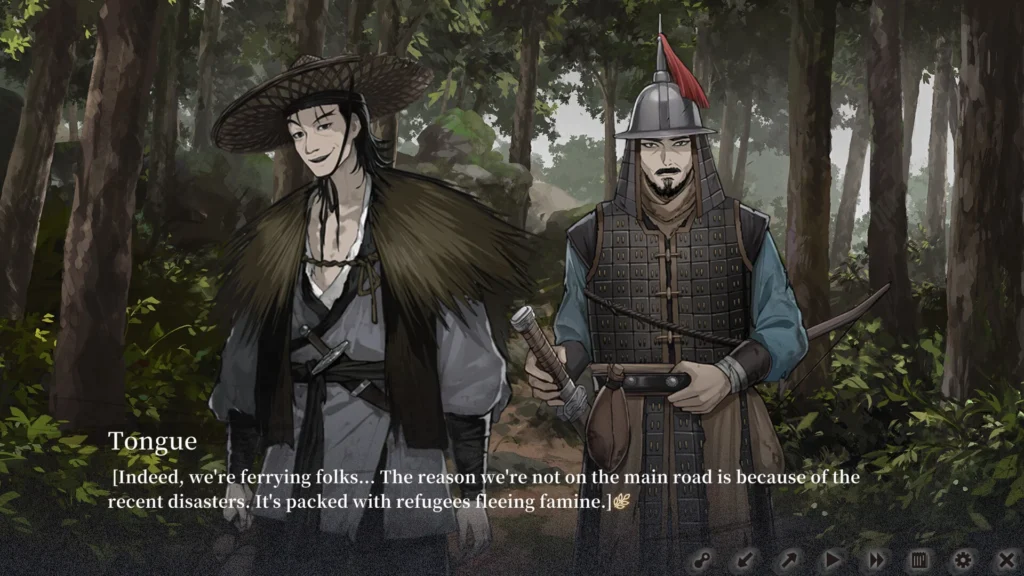
Hard times have indeed fallen upon the land. Years of drought and the perceived indifference of the ruling class have devastated the countryside. Survival becomes paramount, forcing many families to resort to selling or abandoning their children, tragically fueling a boom in human trafficking – the grim business where our story begins. Liang, initially hesitant about the job, ultimately accepts due to a generous payday and reassurances that the girls will find a better life as adopted daughters of a noble in Luoyang city.
Predictably, things are not as they seem. As Liang progresses, he must confront not only the sinister truth behind his mission but also the stark reality of a populace abandoned by its government in desperate times. Cannibalism is rampant among starving villagers, bandits terrorize the roads, and inflated food prices leave once-bustling cities as mere shells. This backdrop is undeniably fascinating, ripe for a choice-based narrative with multiple endings.
Choices, Characters, and Missed Opportunities
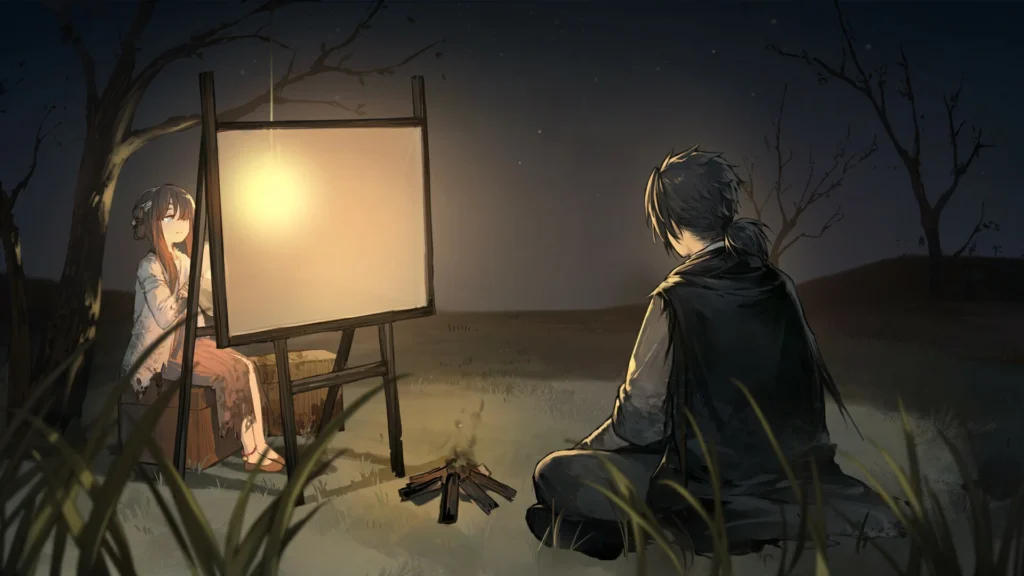
Unfortunately, in execution, The Hungry Lamb often feels too linear despite its branching promises. Many “choices” presented lead directly to abrupt bad endings, feeling like one-stop game overs rather than genuine narrative pivots influenced by prior decisions. While avoiding sending players hours down a failed path is understandable, it feels a bit misleading given the emphasis placed on these endings on the store page.
More frustrating are the dialogue choices that serve little purpose other than cosmetic detours, inevitably leading back to the same conclusion. This design choice, annoying enough in games where dialogue isn’t the primary focus, feels particularly egregious in a visual novel where the choices and narrative are the core gameplay experience.
The game also suffers from a clear favoritism among its characters. While presenting six main cast members (Liang, his partner Tongue, and the four girls: Hong’er, Cui’er, QiongHua, and Sui), Liang and Sui dominate the screentime, with Tongue a distant second. The other girls, despite their potentially tragic backstories, often feel reduced to plot devices, serving primarily to justify actions the main characters might logically have taken otherwise. This feels like a missed opportunity and, at times, in poor taste.
Liang and Sui do make the most of their time in the spotlight, featuring quality CGs and wonderfully voiced dialogue throughout. Sui’s backstory chapters, detailing her harrowing journey before joining Liang’s group, are particularly compelling and stand out as a highlight.
However, these moments also become a double-edged sword. Promises of fantastic character development hinted at during vulnerable scenes between Liang and Sui rarely materialize. Beautiful, intimate conversations about their pasts are often followed by an unceremonious black screen and text stating “and we did the same thing the next few days.” While perhaps intended to maintain the plot’s brisk pace, it feels like a significant missed opportunity to show their growth rather than merely stating it happened off-screen.
This is particularly noticeable with Liang, whose inner monologue can be somewhat dull otherwise. His persistent metaphor of seeing himself and other bandits as “wolves” and victims as “lambs” starts as an interesting way he justifies his actions, but its constant repetition whenever he feels a pang of sympathy dilutes his character, reducing him to a caricature.
Strengths in Structure and Presentation
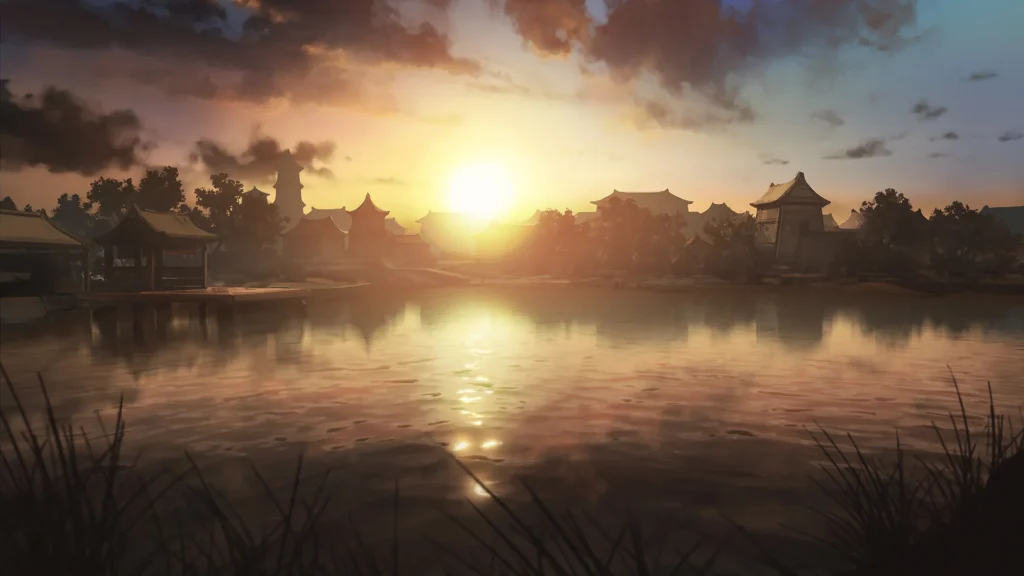
Despite these criticisms regarding character development and choices, the overarching story itself is generally well-structured, culminating in several brilliantly foreshadowed twists near the end. Dramatic moments are highlighted by gorgeous and haunting CGs, complemented by a soundtrack that feels authentic to the period. For those who wish to appreciate these elements separately, a handy extras menu provides access to both the OST and artwork. Reliving specific scenes is also made easy with a flow chart that allows jumping to the start of any chapter. Combined with multiple save files and the ability to skip previously read text, exploring the various endings through save-scumming is a relatively smooth experience.
The Hungry Lamb: Traveling in the Late Ming Dynasty is a visual novel with significant potential. It lays a solid foundation for an engaging story exploring the darker aspects of the human condition during times of extreme desperation. Yet, it struggles to deliver on the promise of its character interactions, leading to a relatively flat reading experience overall despite moments of brilliance. Considering its price point, it might be worth exploring if the aesthetic or setting strongly piques your interest, but those seeking a deeper, more fully fleshed-out cast of characters might find themselves disappointed.

